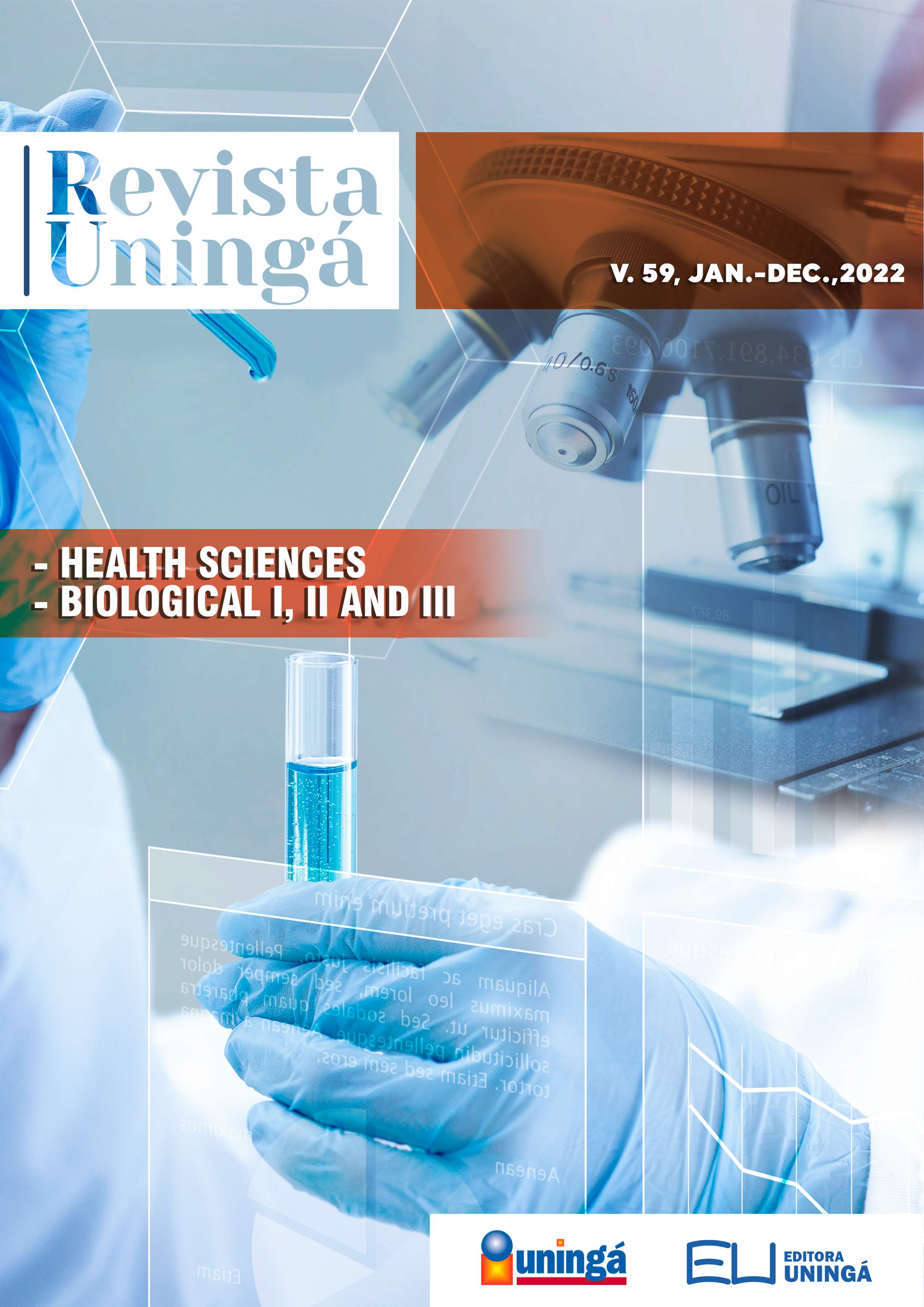Utilização de proteína morfogenética associada ao enxerto xenógeno para reconstrução de maxila atrófica: relato de caso
DOI:
https://doi.org/10.46311/2318-0579.59.eUJ4213Palabras clave:
BMP, enxerto ósseo, seio maxilar.Resumen
Com a perda dos elementos dentários e posterior reabsorção óssea, o processo de reabilitação em uma maxila atrófica torna-se um desafio para o profissional. Alternativas como o enxerto autógeno, xenógeno, alógeno e biomateriais aloplásticos têm sido usados com o propósito de ganhar volume ósseo. A técnica de levantamento do seio maxilar para região posterior da maxila está bem descrita na literatura e não apresenta grandes complicações. As proteínas morfogenéticas (BMP) surgem como adjuvantes nessa técnica e podem substituir os enxertos ou estarem juntas a eles. O objetivo do trabalho foi apresentar o emprego de diferentes materiais para reconstrução da maxila atrófica com a finalidade de devolver ao paciente o contorno e volume do osso perdido. O caso relatado demonstra o emprego da proteína óssea morfogenética recombinante humana 2 (rhBMP-2), associada ao enxerto xenógeno particulado. Foi realizada a reconstrução da maxila atrófica, discutido suas indicações, contraindicações e possíveis limitações da técnica. É possível concluir que a técnica utilizada foi satisfatória, a paciente evoluiu bem e aguarda instalação da prótese implanto-suportada.
Descargas
Descargas
Publicado
Cómo citar
Número
Sección
Licencia
Derechos de autor 2022 Uningá Journal

Esta obra está bajo una licencia internacional Creative Commons Atribución 4.0.
I declare/we declare that the text submitted here is original, of my own authorship and does not infringe any type of third party rights. The content is my/our sole responsibility. Possible research involving animals and/or human beings is in accordance with Resolution 196/96 of the National Health Council and its complements. I declare that I am/we are in possession of the written consent of patients and that the research and its procedures were timely and adequately approved by the Ethics Committee of the institution of origin. We further declare that all institutional affiliations and all sources of financial support for the work are duly informed. I certify that there is no commercial or associative interest that represents a conflict of interest related to the submitted work. If there is commercial interest, in addition to the technical and academic ones, in the publication of the article, the information will be reported during the text.



































